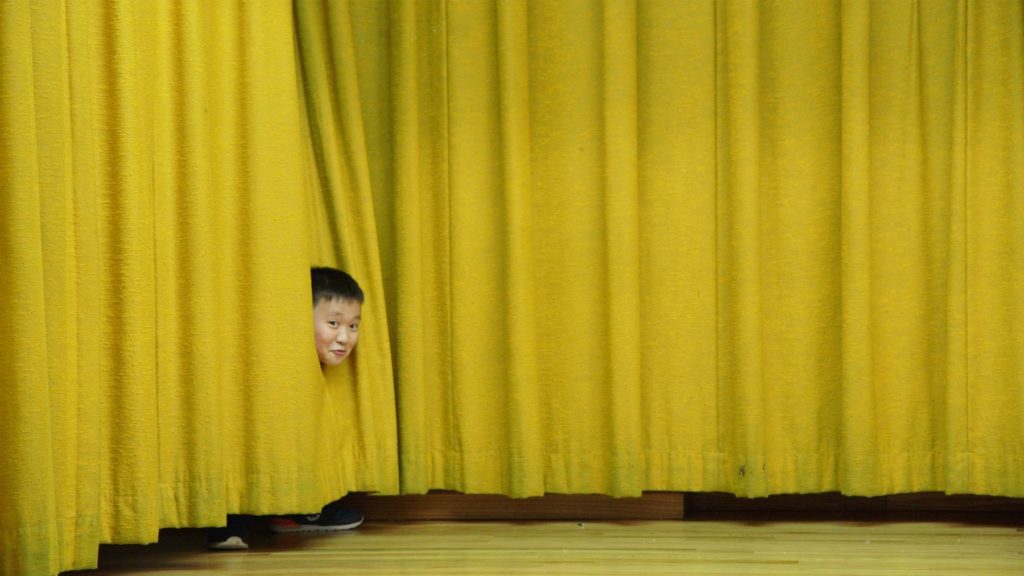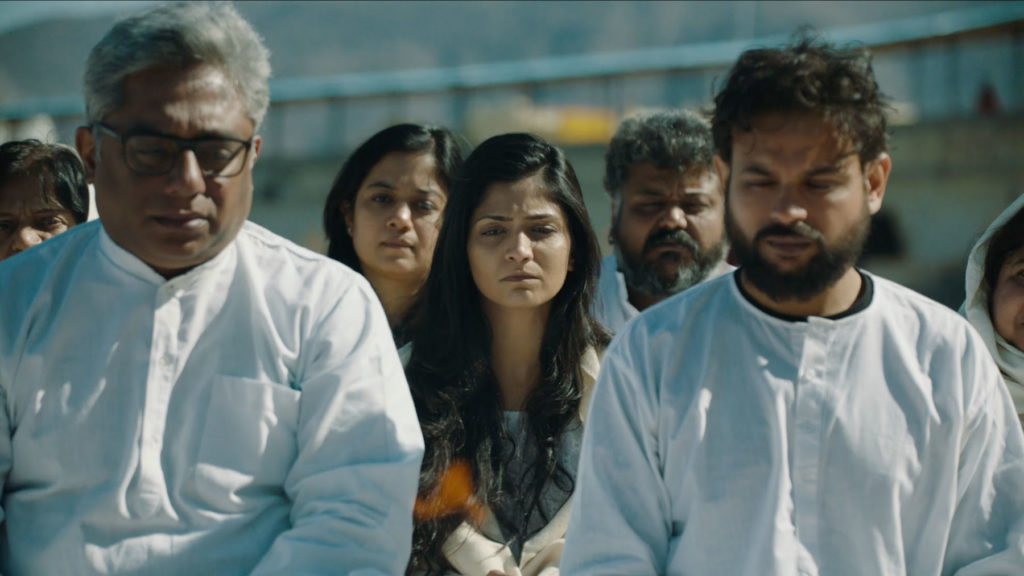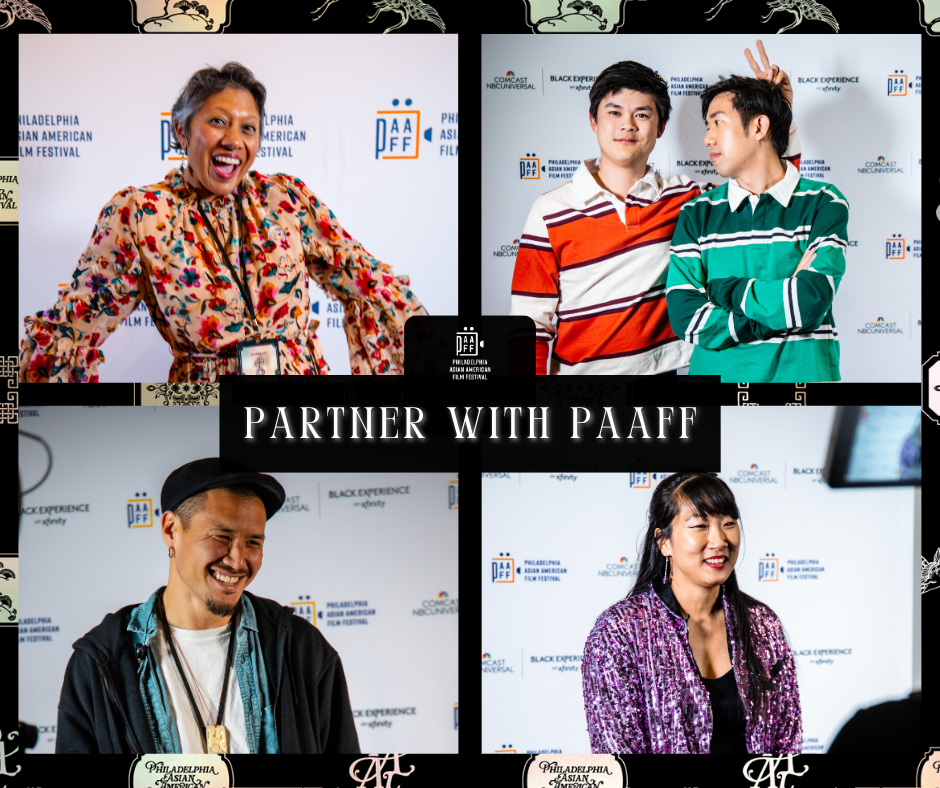Shining a Spotlight on Junior Theater Festival’s Only Asian American Team
For ten years, the PS 124 club has been the only Asian American team to compete in the renowned Junior Theater Festival. The group is one of the few select schools to nationally premiere the kids production of Frozen. In Curtain Up!, directors Hui Tong and Kelly Ng give us a glimpse into the lives of these young thespians and how they are growing up coming into their cultures and identities alongside their love of the arts. Tong and Ng join PAAFF to talk about some of the joys, challenges, and surprises in transforming their thesis project short film into a full-length feature. Tell me about how you found this story and what drew you to it. Hui: I was a graduate student at Columbia Journalism School in summer 2018 and was doing research and reporting work. When Crazy Rich Asians came out, everyone was excited about this new milestone for Asian representation. As an enthusiastic theater actor and director (and teacher at a kids’ summer theater camp) in college, I was curious about how Asians were doing in the theater/musical industry. So I started interviewing a lot of Asian/Asian American theater artists in New York and it finally led me to find the Broadway legend Baayork Lee and the theater club that she helped found at Yung Wing Elementary School in Chinatown. I was totally drawn by the kids the first time I visited them; their seriousness and professionalism was beyond my expectation, and a group full of Asian American kids doing musical theater was such a rarely seen thing. They were doing “Aladdin” at that time and I learned that they had been doing all Disney musicals — Asian American kids in Chinatown doing iconic American shows. Wow. I thought I was going to find some stories, and started filming right away. This film originally started as a short for class and then you expanded it into a feature. Can you tell me about the moment you knew this was a bigger story than 30 minutes could hold? Kelly: Part of it, for me, was when we started to feel vexed about not being able to include Jack and Alvin into the 30-minute short. (I remember us having several long discussions about this!) While I wouldn’t expect any two Asian children to be the same, the variety of personalities, family backgrounds, interest toward theater, etc, was one key thing that tugged at me through this process of documenting the club and its young participants. And I personally wish for the audience to take that away too. Hui: Oh it’s not just for class but for our thesis project. But yeah, I think around the time when we were able to get into the kids’ homes and really learn more about their personal stories, as well as the larger social issues that they talked about, I started to consider the possibility of making a feature, though it was still a few months before our graduation date. In the editing process we initially had a very long rough cut and tried very very hard to make it a 30 minute short, so after we submitted our thesis we came back to our edits and did some additional shooting which we thought would be valuable to the making of a feature. Anyways, I really want it to be seen and the topics in it to be discussed, so a feature would be a good medium for that. What were some of the challenges you found while making this film and what did you learn? Kelly: As a first-time filmmaker, I found the process of storyboarding challenging – and in particular, cutting the “fat”. I think there were many points when we wanted to include more soundbytes or a few more shots, which resulted in some earlier versions running too tight. We ran a few “rough cut screenings” by many others, both professional filmmakers and non-pros who simply love films, and were greatly helped by having their perspectives, especially because they were not as close to the material. I remember someone commenting on one of the earlier cuts that things were happening so quick they found it “difficult to breathe”! Also, as someone who has spent all of my journalism life in print prior to Curtain Up!, I took a while to get used to the visual storytelling approach – which is something I’m still learning. The quotes and soundbytes often strike me more and earliest, as they would a typical print reporter, hence I really appreciated reminders by Hui and others to also check if the visuals hold up. Hui: I think it is both a challenge and a lesson to figure out what the “connection” with our documentary subjects really mean. We had been filming the kids doing their rehearsals just fine for a few months when we realized that we might have taken it for granted that we have won their trust and established true connections. But we had not. Because we were closely following them around they started to get a bit tired of us, tried to avoid the camera, and even called us stalkers — that was very heart-breaking! There was some misunderstanding there and we reached out to some of the main characters’ parents to “apologize”, and some of the kids even came back to us to “apologize”, and that was when we felt like we built some real connection with them, and their parents as well. Actually all our home scenes took place after this crisis. So it does take time, authentic heart and some challenge to really build connection with your subjects. Also since this started as a student project but I really wanted to bring it out into the world, it was also challenging to really get into the industry and learn what making a documentary truly is, besides just filming and editing. By all the staff that we as producers also have to do after the post-production was done, I was
Shining a Spotlight on Junior Theater Festival’s Only Asian American Team Read More »



